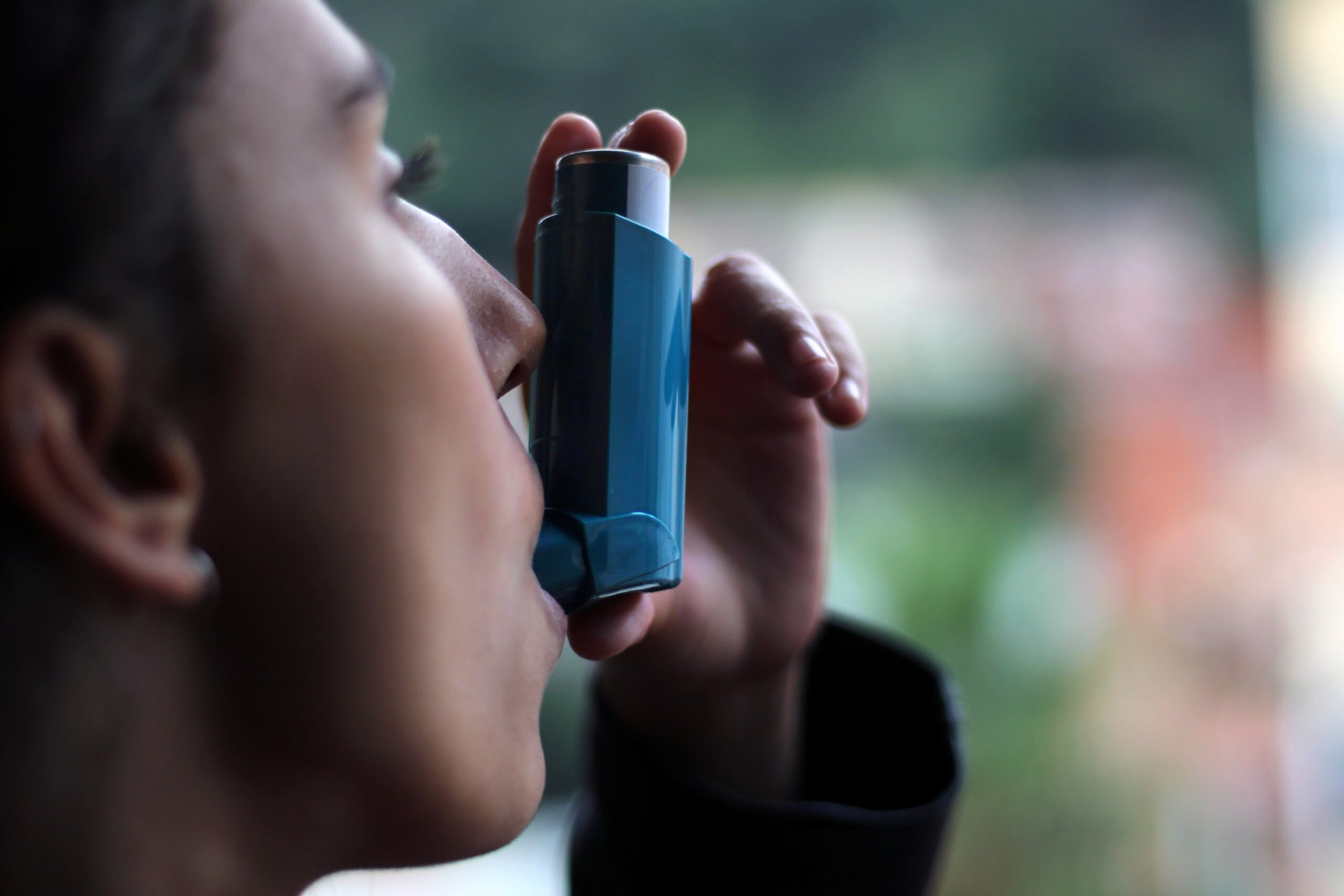Inhalant Abuse is The Silent Epidemic Everyone Should Know About

When people hear the word inhalants, they often confuse it with asthma inhalers. But in reality, inhalant abuse is something very different and far more dangerous. It’s often called the “silent epidemic” because most people don’t realize the risks, and much of the abuse goes unnoticed.
Inhalants are everyday household or industrial products that people misuse to get high. Shockingly, there are over 1,000 products that can be inhaled for their intoxicating effects, many of which are easily found in homes, schools, and offices.
Commonly Abused Inhalants
- Household products: gasoline, paint thinners, glues, correction fluid, permanent markers
- Aerosols: spray paints, deodorants, computer cleaning sprays (compressed air)
- Gases: butane lighters, propane tanks, whipped cream chargers (“whippets”)
- Medical anesthetics: ether, chloroform
- Other chemicals: room deodorizers, nitrous oxide (“laughing gas”), and nitrites (“poppers”)
Why People Use Inhalants
- Easy access: they’re legal and inexpensive
- Quick high: effects are felt within seconds and usually last 1–5 minutes
- Alcohol-like effects: dizziness, euphoria, distorted thinking
But while the high is short, the damage can be severe and sometimes irreversible.
How Inhalants Are Misused
- Sniffing directly from the container
- Spraying chemicals into the mouth
- Inhaling fumes from a rag soaked in chemicals
- “Bagging”: spraying fumes into a bag and breathing in
- Spraying onto clothing or hands and inhaling
Health Risks of Inhalant Abuse
Even one-time use can be fatal. This is known as Sudden Sniffing Death Syndrome, where irregular heart rhythms trigger cardiac arrest. Other immediate dangers include suffocation (chemicals displace oxygen in the lungs), choking, or fatal allergic reactions.
Short- and Long-Term Effects:
- Damage to the brain (loss of brain cells)
- Slurred speech and poor coordination
- Loss of bladder and bowel control
- Muscle weakness and nerve damage in arms and legs
- Long-term memory loss and cognitive decline
- Risk of burns, fires, or explosions from flammable vapors
Warning Signs and Symptoms
Look out for:
- Appearing intoxicated or dazed without drinking alcohol
- Strong chemical odors on breath, clothes, or body
- Hoarding paint cans, aerosol sprays, or room deodorizers
- Red eyes, runny nose, or frequent nosebleeds
- Personality or behavior changes
- Trouble speaking clearly
- Unsteady walking or stumbling
- Loss of motor control in arms and legs
Why Kids Are at Risk
Inhalant abuse is especially dangerous for children and teens. These products are easy to find at home, and many young people don’t understand how harmful they can be.
According to the 2021 National Survey on Drug Use and Health (SAMHSA):
- About 2 million people (ages 12 and older) reported using inhalants in the past year.
- Young teens (12–17) are the most likely to abuse inhalants compared to older age groups.
What Children Should Learn:
- Inhalants are poisons, not harmless “drugs.”
- Their bodies, especially the lungs and brain, need oxygen—not chemicals.
- Use words like toxins, poisons, or vapors instead of “drugs” to emphasize the danger.
- Talk about toxic effects, not just “getting high.”
Expert Warnings
- National Institute on Drug Abuse (NIDA):
“Inhalant abuse can cause permanent brain damage after just a few uses. Even first-time users are at risk of sudden death.”
- Dr. Ruben Baler, NIDA neuroscientist:
“The chemicals in inhalants can starve the brain of oxygen, leading to irreversible neurological damage. It’s a risk that can kill instantly.”
- American Academy of Pediatrics (AAP): urges parents to keep household chemicals locked away and to talk with children openly about the dangers.
Practical Advice for Parents and Educators
- Educate early: Children as young as 9–10 should understand that inhalants are poisons.
- Supervise household products: Store paints, aerosols, and cleaning sprays securely.
- Watch for red flags: Sudden behavior changes, chemical smells, or hidden products.
- Use clear language: Emphasize “toxins” and “poisons” rather than glamorizing words like “high.”
- Promote healthy coping: Encourage sports, hobbies, or stress-relief alternatives.
Inhalant abuse is often overlooked, yet it’s one of the deadliest forms of substance misuse, especially among young people. The fact that these substances are legal and easily available makes them even more dangerous.
Awareness is the best prevention. By recognizing the risks, spotting the warning signs, and talking openly with children and teens, families and communities can help stop this silent epidemic.

